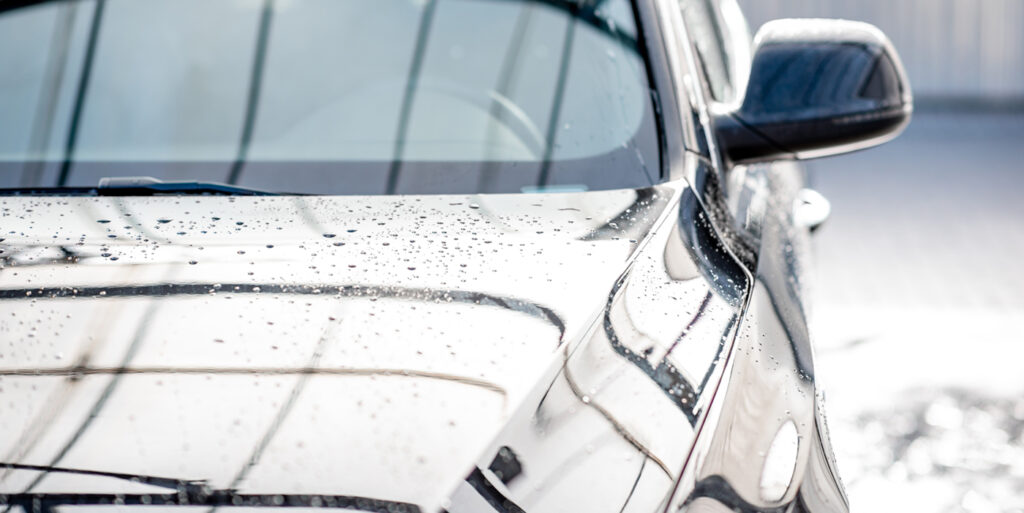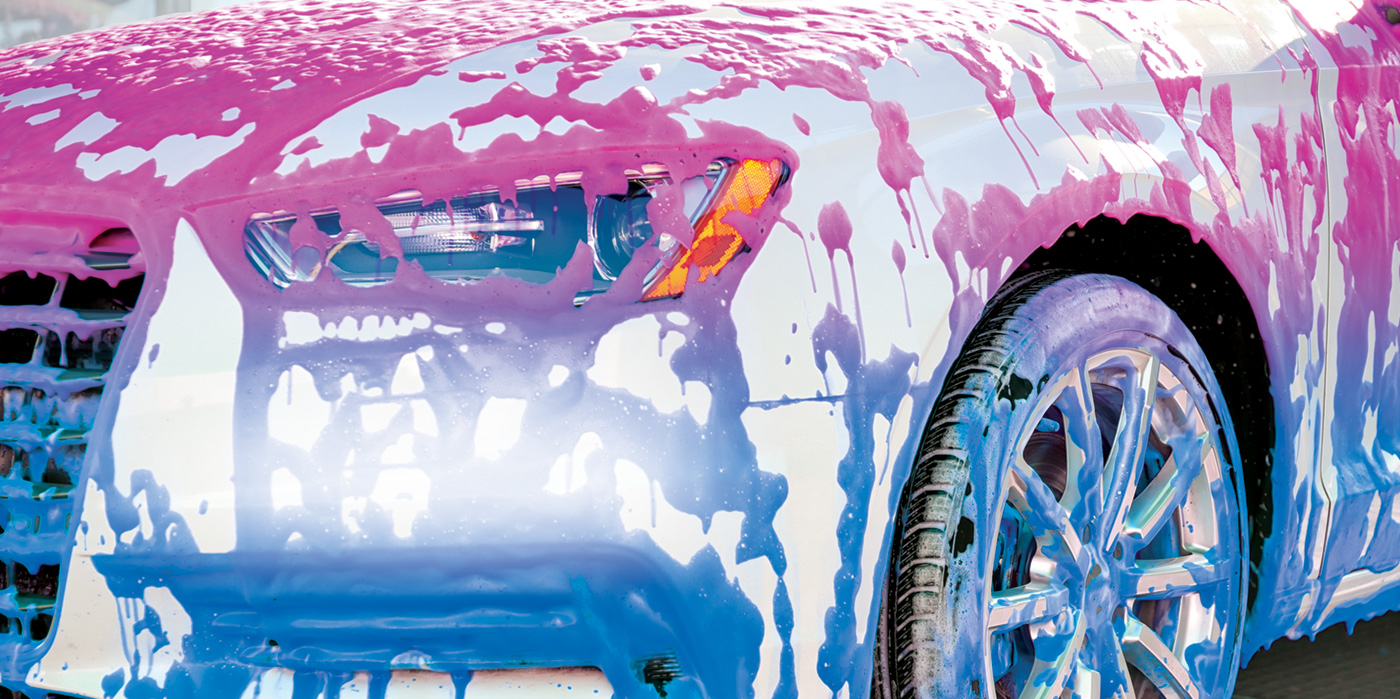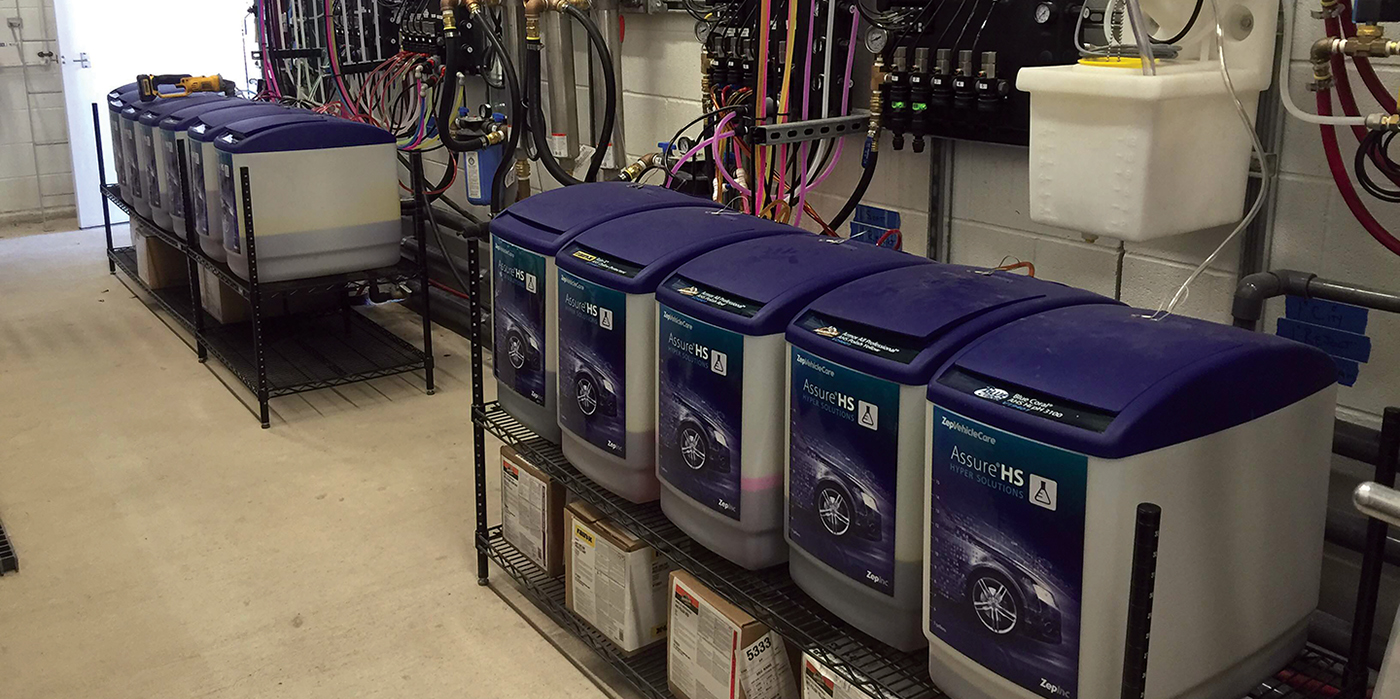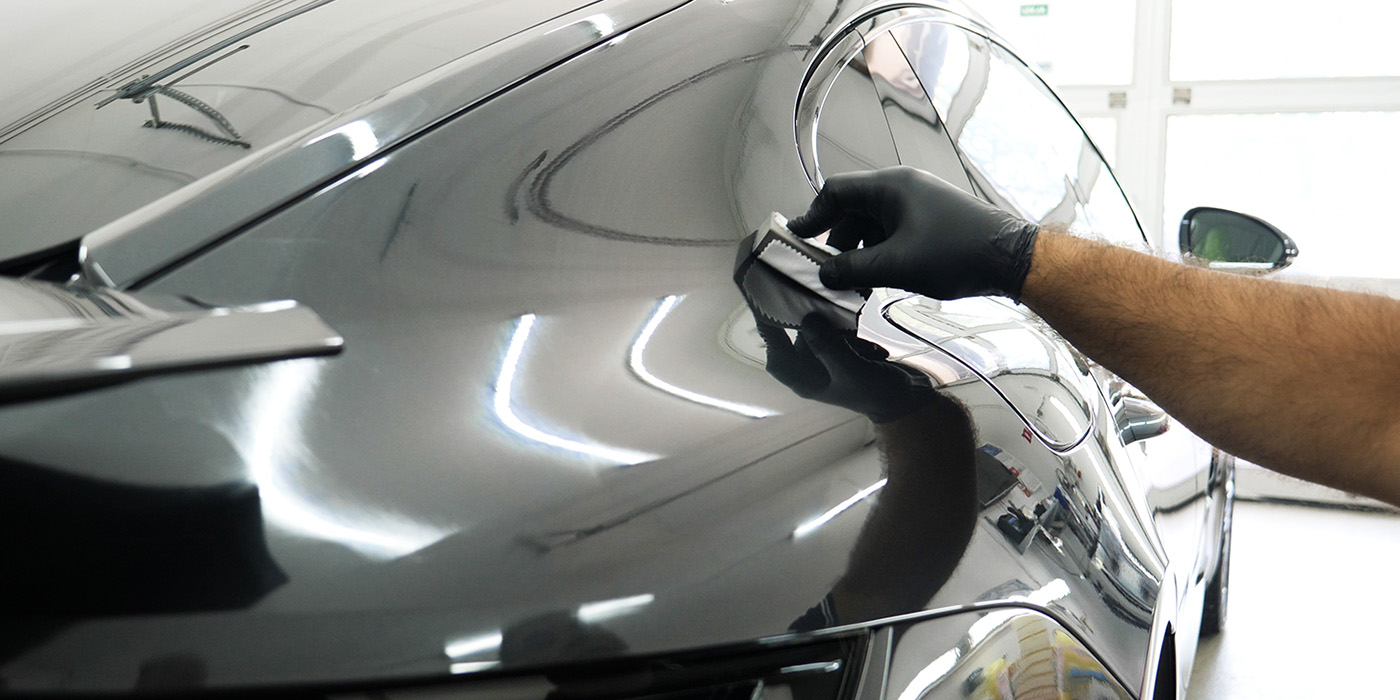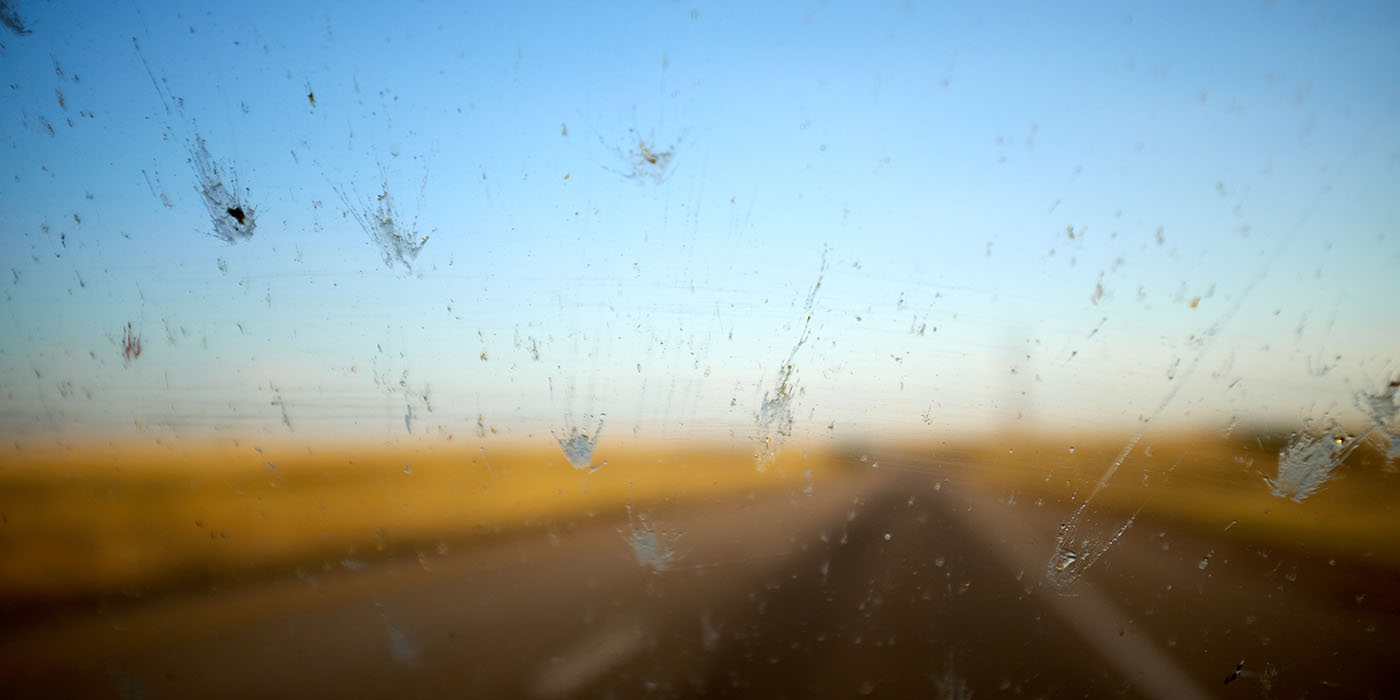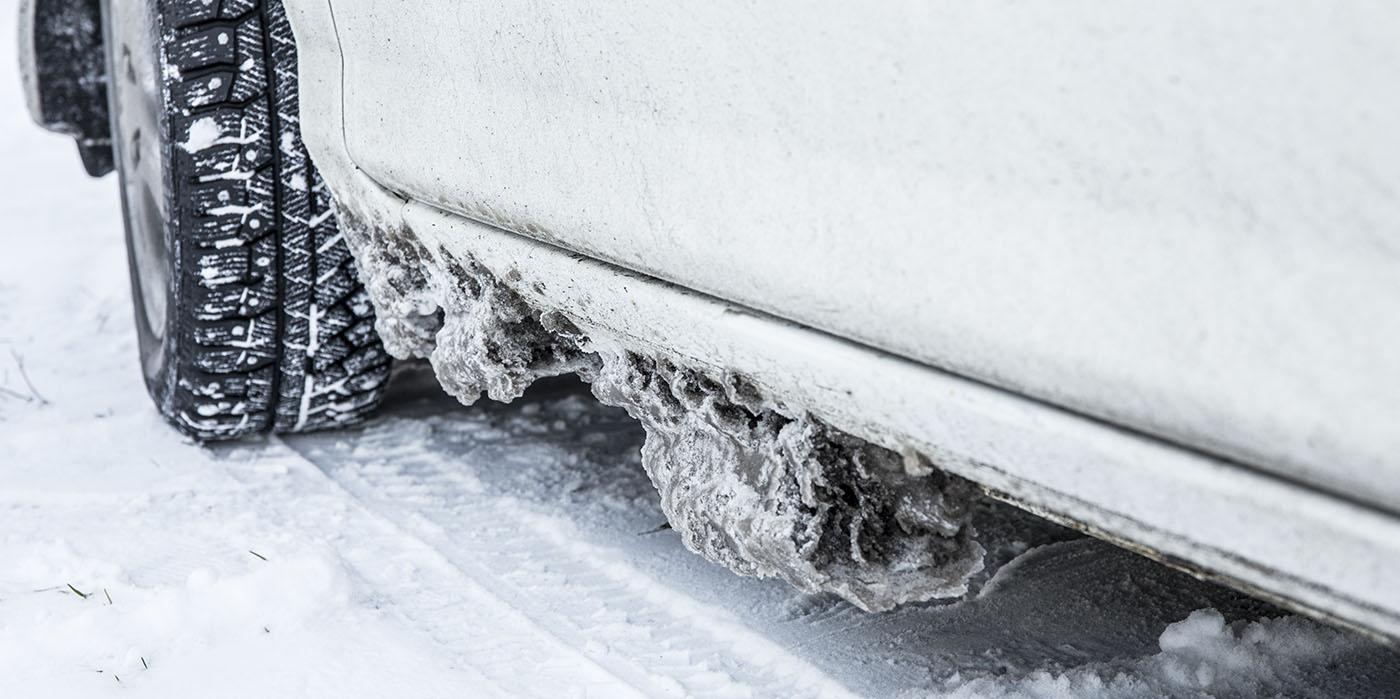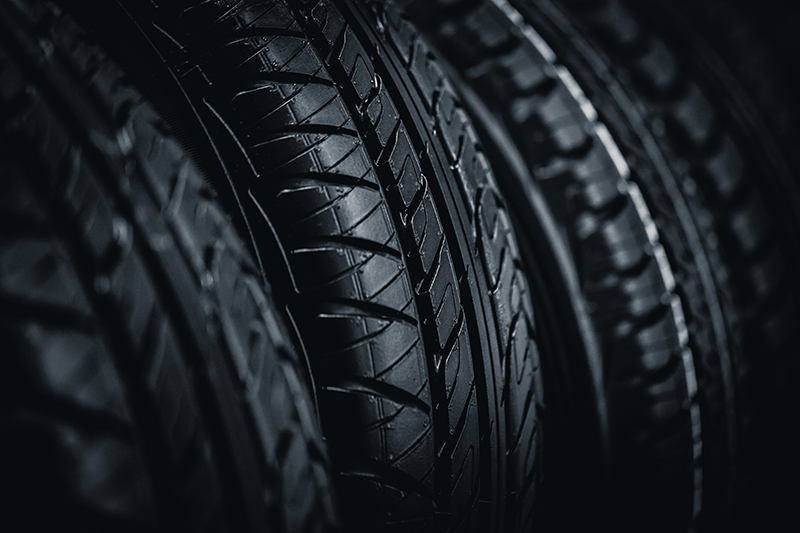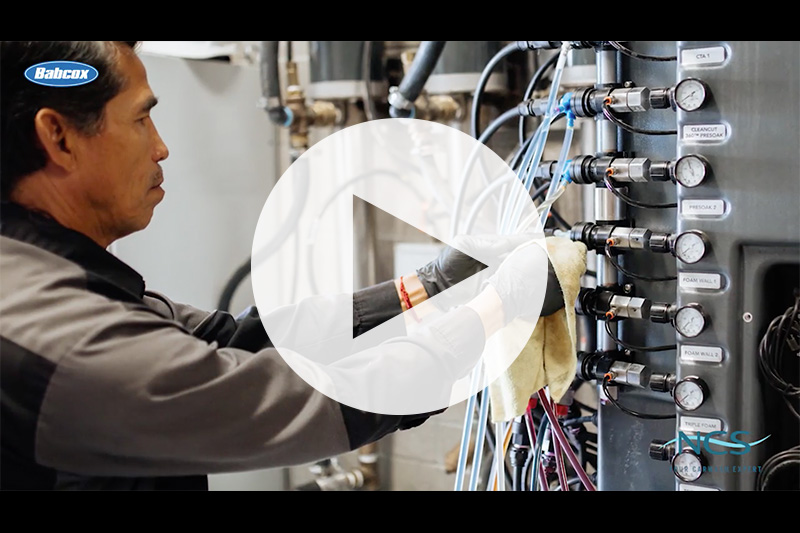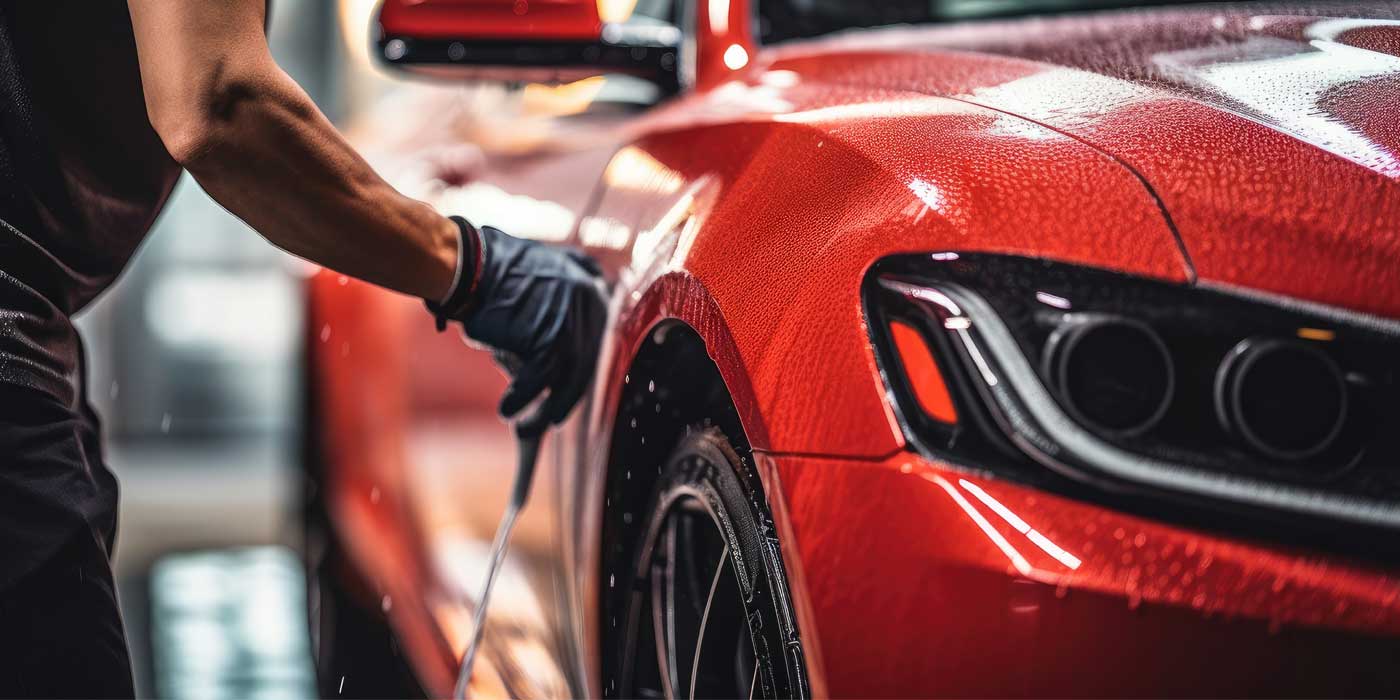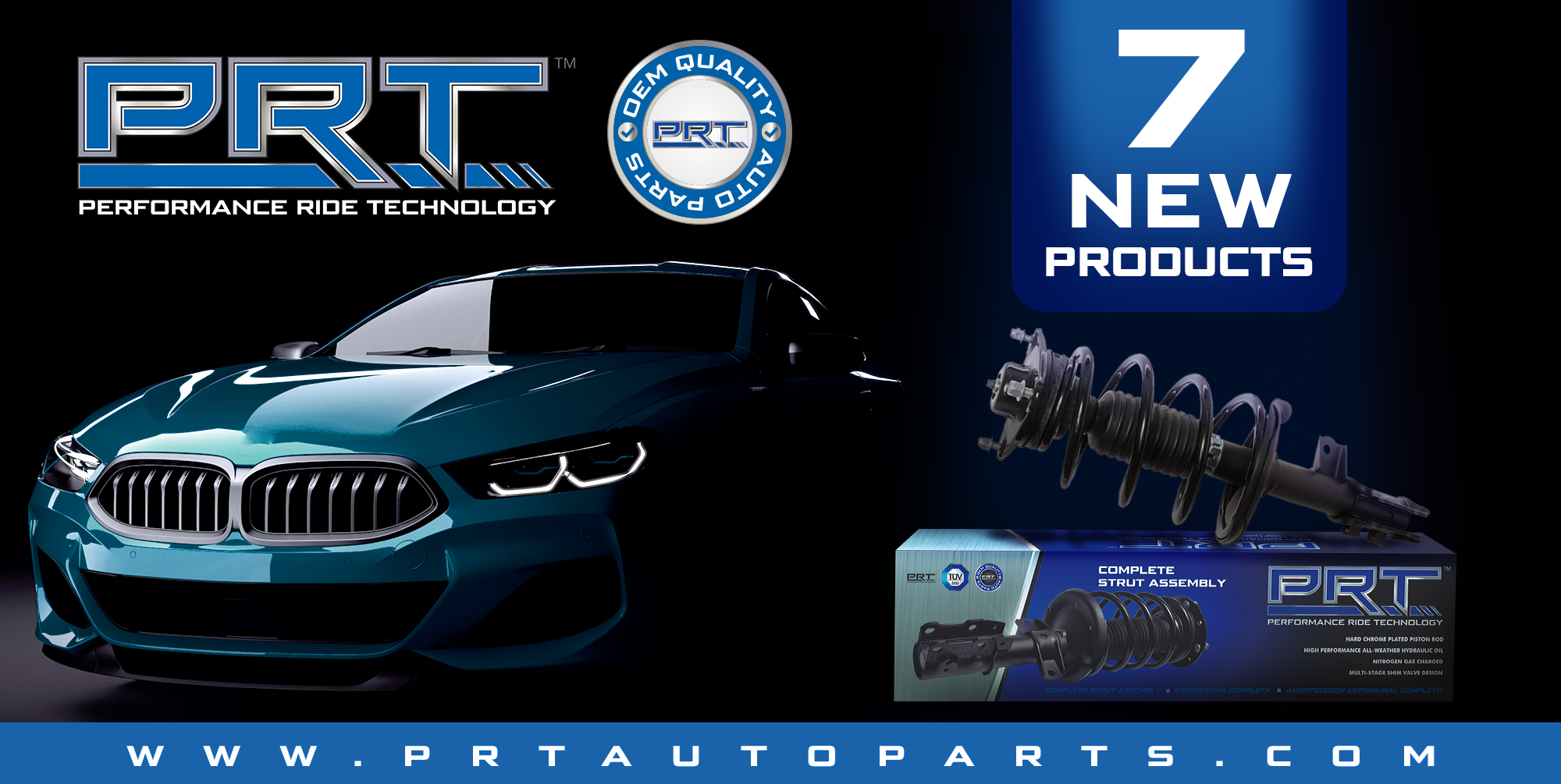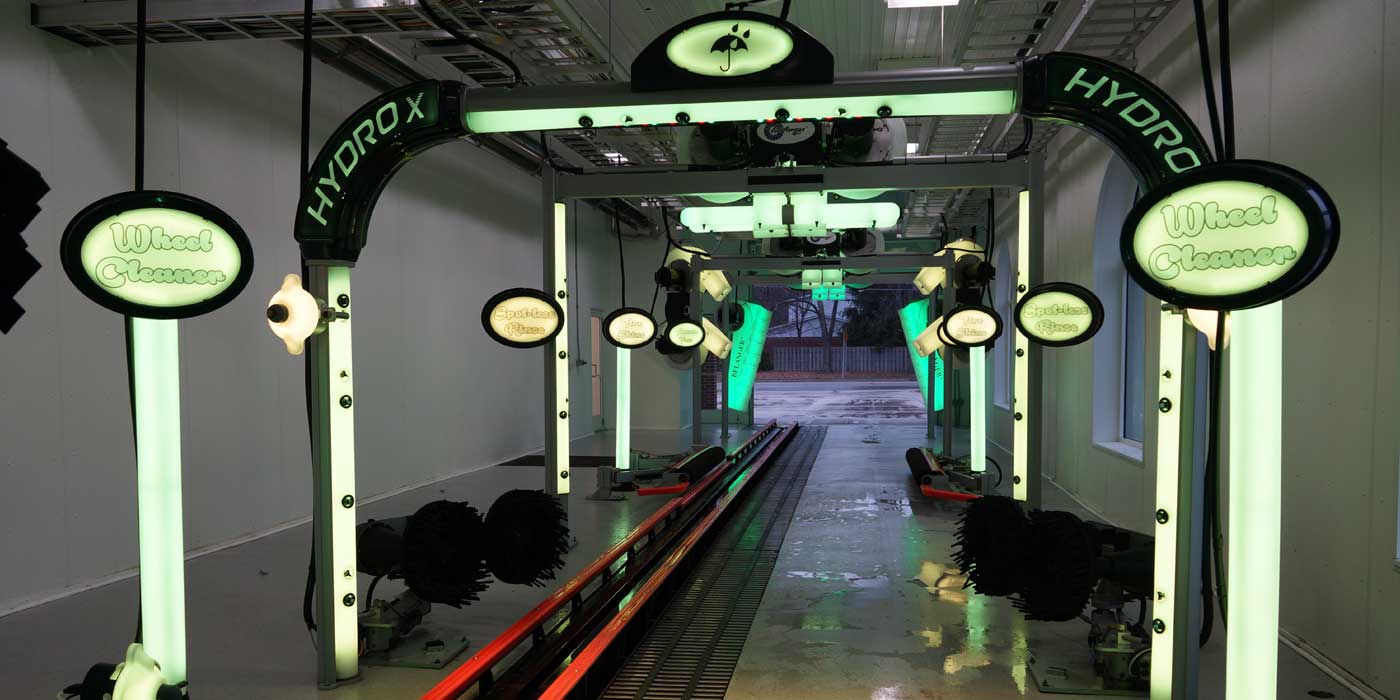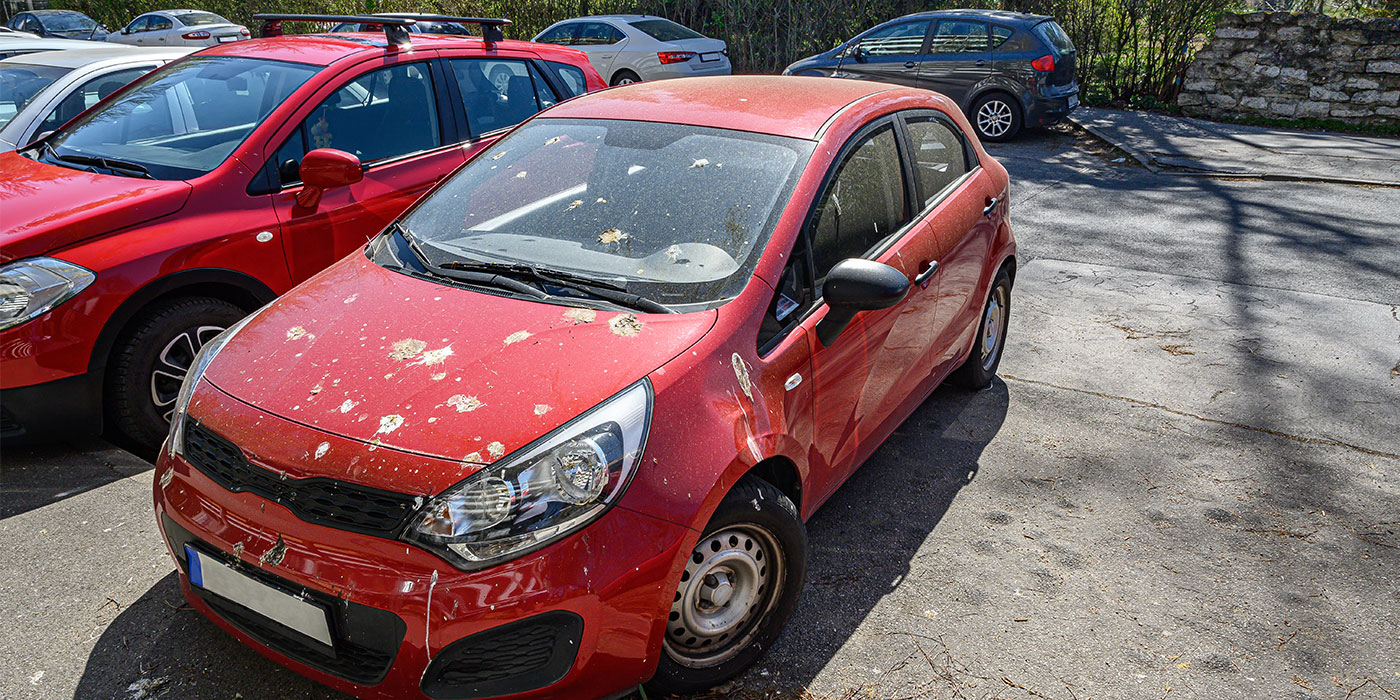In a market where there are multiple products for protecting vehicle paints and finishes, selecting the best option to attract customers and guarantee results has become an industry best practice. That said, the traits that are important to many car care customers are the durability of both shine and protection. A vehicle may look almost brand-new exiting a tunnel or bay, but an application that has a short lifespan risks alienating customers and ultimately will affect sales.
Thankfully, chemical specialists in the carwash industry have developed new formulations with an eye towards creating a true, lasting shine. Modern paint protection services balance performance with cost to help operators generate both quality results and profitability. The latest generation of lasting ceramic coatings has added to the luster of automated washing for many conscious vehicle owners.
Performance traits
Ceramics are commonly understood to be industrially-used materials that are inorganic, nonmetallic solids, according to William Gorra, president/CEO of Simoniz USA Inc. Typically, the products are made of an oxide, nitride, boride or carbide that is subsequently fired at high temperatures.
The universal ceramic-like properties that differentiate ceramic protection products from traditional “wax” products include hardness as well as chemical durability against the deteriorating effects of oxygen, water, acids, bases, salts and organic solvents. Further, ceramics are heat-resistant with high melting points, low thermal conductivity, low specific-heat capacity, and they are actually more rigid.
One of the greatest benefits of ceramics over traditional wax-based protectants is that ceramic chemistry provides higher hydrophobic — or water-repelling — qualities, states Kipp Kofsky, president of Arcadian Services LLC. When a vehicle has a hydrophobic boundary or barrier, water will bead on the surface and slide off more easily. In a wash where ceramic applications are applied in earlier stages of the cycle, all spotting will be prevented, since water is repelled from the hydrophobic surface in a more rapid manner.
“Ceramics also reject organic and inorganic materials, causing them to actually repel contaminants from vehicle surfaces rather than adhere,” Kofsky continues. “This keeps the vehicle cleaner for a longer period of time.”
Similar to painted surfaces, ceramics also provide dirt-repellant qualities on vehicle glass. Too often, visibility issues are caused by haze and particles from the road that build up over time, Kofsky notes. Ceramic chemistry used on glass helps cut visibility problems by creating a chemical barrier that rejects road grime, dirt and dust.
Related: How to clean automotive glass without scratching it
Lastly, improved appearance is another ceramic trait. This type of protection can create an incredibly deep shine in vehicle paint, Kofsky explains. The products enhance the reflective properties of paint and clear-coat, adding to the reflective gloss. While traditional wax treatments apply a layer that sits on top of the vehicle surface, protectants in the ceramic family form a chemical bond within the surface.
Promotion and popularity
When it comes to ceramic applications’ reputation with customers, Gorra states that, first and foremost, the enhanced performance has driven market popularity. Secondly, the term “ceramic” has now become an industry buzzword that customers recognize and give value. This popularity is widespread, given that ceramics have enjoyed great success as coatings offered both at new vehicle dealerships and in detail shops.
Operators can continue educating customers about the benefits of ceramics through the traditional channels of on-site, simple messaging, according to Gorra. For most consumers, “ceramics” will communicate value on the menu board, marketing signs, etc. Most operators have created a new top package that includes the ceramic product, but others are selling the service à la carte.
“In the past, people were content to just have a clean car,” Kofsky says. “In today’s world, the car owner doesn’t want to simply know that his or her car is clean; they want to see that it is clean. Often, customers want to feel that cleanliness as well.”
Waxes and ceramics were traditionally focused strictly on drying agents and protectants, but the science behind modern formulations has moved the products beyond the last phase of a carwash. Kofsky notes that ceramics are proven to have additional value via presoaks conditioning with detergents, and such supporting chemistry as tire shine and wheel cleaning. By incorporating ceramic formulations into every aspect of the wash, a location can give customers cleanliness they see, feel and can be proud of.
Adapting for automation
Kofsky reveals that ceramic formulations and technology have evolved at a fast pace as more benefits continue to come to fruition. Additional resources are being invested to expand and develop the next generation of technology. This means innovative, new chemistry continues to be researched, formulated and tested to ensure the best products are being developed.
An expanded lineup of ceramics means that the chemistry is used during additional stages other than at the finish of modern carwash tunnels. The applications now reach into in-bay automatic and self-serve carwashes as well, Kofsky states. These operators have realized the advantages offered and learned how the products can help differentiate a location from its competition.
Ceramic formulations tend to be more surface-reactive and are higher solids because they are synthetic-based versus a natural-based wax, Gorra notes. The formulations’ performances can be tweaked more easily than waxes, and these products are also more heat-resistant. Today, ceramic protection products can be applied on-line through innovative automated equipment to keep pace and not slow down the production in modern wash tunnels.
Ensuring protection
Best practices include communicating the benefits of modern protection to customers, according to Kofsky. First, exposure to sunlight can cause oxidation of a vehicle’s paint, but ceramic products help protect surfaces from the sun’s rays, potentially minimizing this oxidization.
Another area of concern is chemical staining from naturally acidic contaminants within an environment. As stated, ceramic products help reduce some contaminants from bonding to a vehicle’s paint. The result is a surface that will be more resistant to staining and etching, provided the impurities are removed in a timely manner.
“Use quality products that have efficacy and are produced by companies that understand our industry and the value of performance,” Gorra concludes. “Consumers want value and respect brands that speak to that. Ceramics are more durable, and they will produce a deeper gloss and shine than traditional wax.”
Charles Brady is a freelance contributor.

